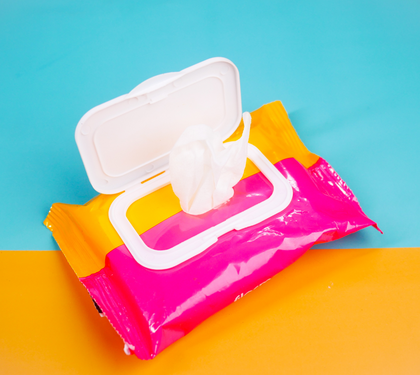Christmas is a time for joy, giving, and spending time with loved ones, but it can also be a time of excessive waste and overconsumption. From wrapping paper and plastic decorations to food waste and energy use, the environmental impact of the holiday season can add up quickly. The good news is that you can still enjoy a festive, fun-filled Christmas while being kinder to the planet. Here’s how to make this year’s celebration a little greener with some simple, sustainable swaps.
1. Choose Eco-Friendly Wrapping
Traditional wrapping paper, especially the glossy or glittery kind, is often non-recyclable and ends up in landfills. This year, opt for sustainable alternatives:
Reusable wrapping like fabric gift bags, scarves (furoshiki), or muslin cloths.
Recycled paper or brown kraft paper, which can be dressed up with biodegradable ribbons or natural twine.
Repurpose old magazines, newspapers, or maps as creative wrapping options.
2. Give Thoughtful, Eco-Conscious Gifts
Rethink gift-giving by opting for presents that are not only meaningful but also kind to the environment:
Experiences over things: Consider gifting experiences such as a cooking class, concert tickets, or a spa day, which create memories rather than material waste.
Handmade or local gifts: Support small businesses or artisans who create unique, high-quality products with a lower environmental footprint.
Sustainable products: Look for eco-friendly brands that prioritise sustainability, such as those offering organic, cruelty-free beauty products, reusable items like water bottles, or items made from recycled materials.
3. Rethink Your Christmas Tree
When it comes to choosing a Christmas tree, both real and artificial trees have their environmental impacts. Here’s how to make the greener choice:
Real trees: If you choose a real tree, try to buy from local farms that practice sustainable farming. Many towns also offer tree recycling programs, where trees are turned into mulch.
Artificial trees: If you already have an artificial tree, use it for as many years as possible. If you’re considering buying one, look for second-hand options or invest in a high-quality one that will last for decades.
Alternative trees: Get creative by making your own tree out of branches, books, or other recycled materials for a fun and eco-friendly twist on tradition.
4. Opt for Energy-Efficient Lighting
Christmas lights can bring warmth and cheer to your home, but they also contribute to energy consumption. To reduce your holiday carbon footprint:
Switch to LED lights: LED Christmas lights use up to 80% less energy than traditional incandescent bulbs and last much longer.
Use timers: Set your lights on a timer so they’re not running all night or during daylight hours.
Solar-powered lights: For outdoor lighting, consider solar-powered options that can soak up the sun during the day and shine brightly at night.
5. Decorate with Nature
Instead of buying mass-produced plastic decorations, turn to nature for beautiful and sustainable alternatives:
Natural materials: Use pinecones, holly, dried oranges, and cinnamon sticks to create stunning, rustic ornaments and garlands.
Homemade decorations: Get crafty with your family and make your own decorations out of recycled paper, old fabric, or upcycled materials.
Buy second-hand: Thrift stores often have a treasure trove of vintage decorations that can add charm to your home without creating more waste.
6. Plan a Waste-Free Feast
Food waste tends to spike during the holiday season, but with a little planning, you can reduce waste while still serving a delicious Christmas dinner:
Plan ahead: Create a shopping list and stick to it to avoid overbuying. Consider portion sizes to minimise leftovers.
Use leftovers: Get creative with leftover food by turning it into new dishes like soups, sandwiches, or casseroles.
Compost: Compost any food scraps to keep them out of the landfill and return nutrients to the soil.
7. Send Sustainable Holiday Cards
Traditional paper cards can generate a lot of waste, especially if they’re covered in glitter or foil, which can’t be recycled. Consider greener alternatives:
E-cards: Go digital with e-cards, which can be personalised and delivered instantly without the environmental cost of paper and postage.
Recycled cards: If you prefer sending physical cards, choose those made from recycled or sustainable materials and skip the glitter.
8. Be Mindful of Packaging
Online shopping has become increasingly popular, but it often comes with excessive packaging. Here’s how to reduce packaging waste:
Consolidate orders: Order from fewer retailers and consolidate purchases into as few shipments as possible to reduce packaging and carbon emissions.
Opt for minimal packaging: Support companies that use eco-friendly or minimal packaging, or request plastic-free options when available.
By making these small changes, you can enjoy a magical Christmas while doing your part to protect the environment. A sustainable Christmas doesn’t mean sacrificing tradition or joy; it’s about being more mindful of how we celebrate and finding ways to reduce our impact on the planet. Let’s spread the holiday cheer and sustainability this festive season!





